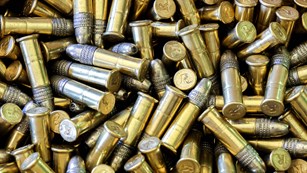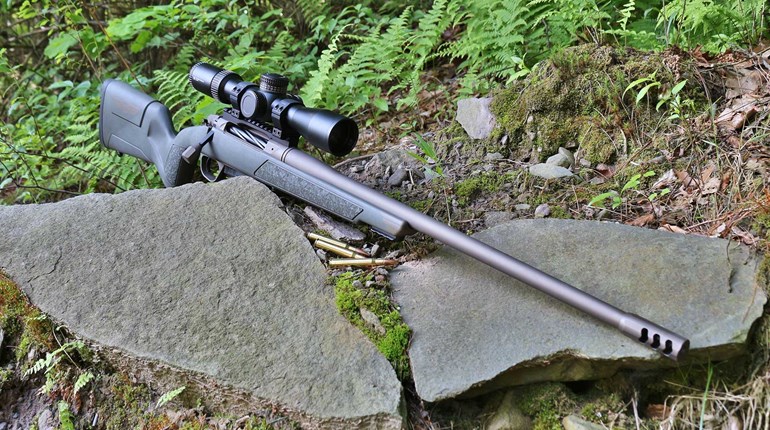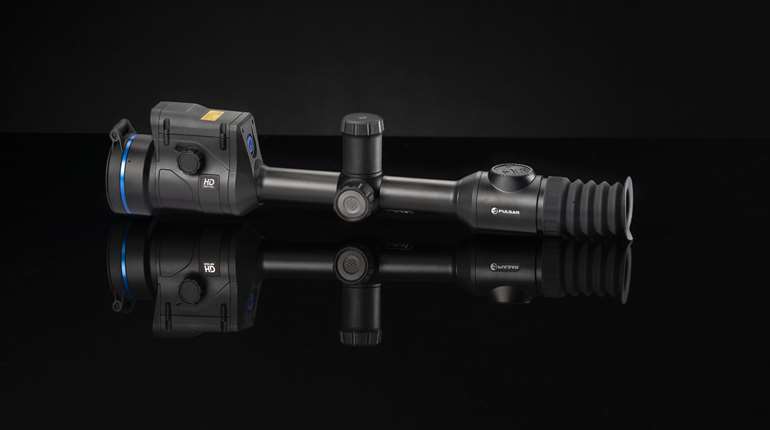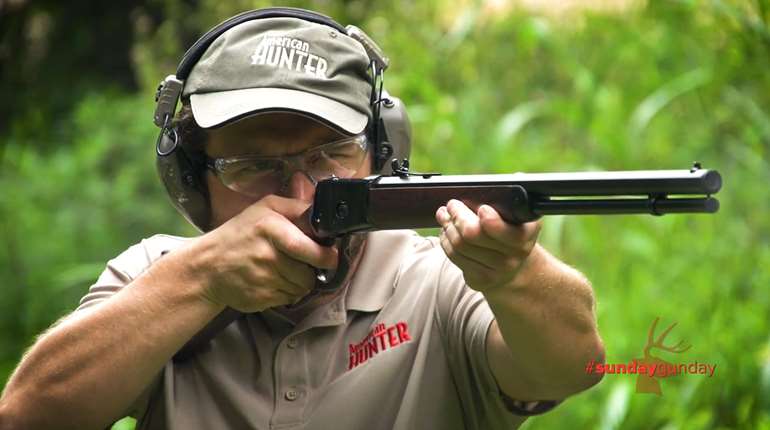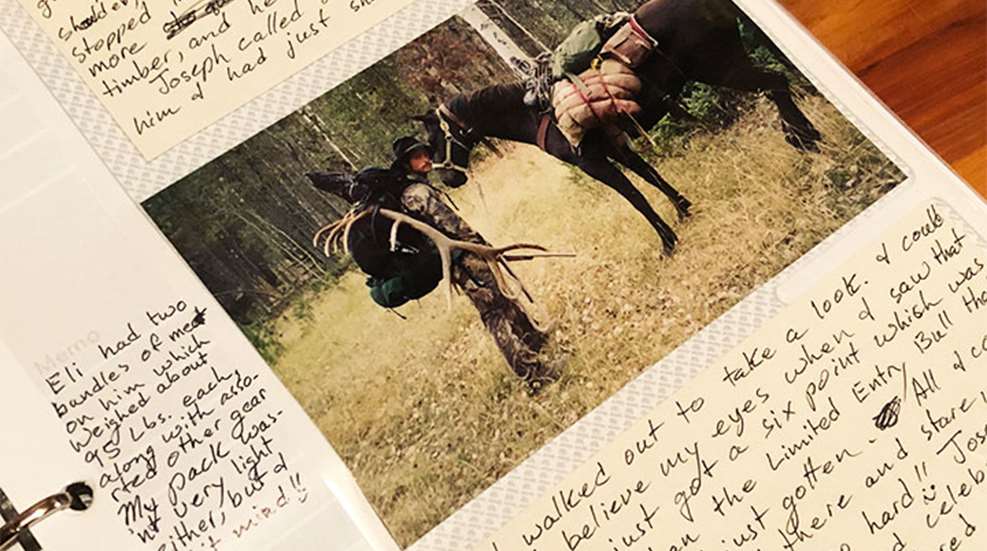
Listening to a bull elk bugle deep in dark timber, watching a giant mule deer skyline atop a ridge, settling my crosshairs for a difficult shot at a massive pronghorn—these are defining moments in my life that shape my thoughts by day and my dreams by night.
I remember special moments; like catching the scent of willow bark crushed into the gnarly antler bases of a fresh-killed bull elk, watching the sun sink behind a saguaro-covered ridge, and the sense of anticipation as I hurry from shooting position to downed quarry. These moments usually come hard earned, and may or may not be glorious. I remember missed opportunities too; a giant whitetail buck standing in a Tennessee beaver pond, a monster Alaskan bull moose gliding through willows, antlers floating like dueling four-master ships above his head and shoulders. Those memories shape my thoughts, too.
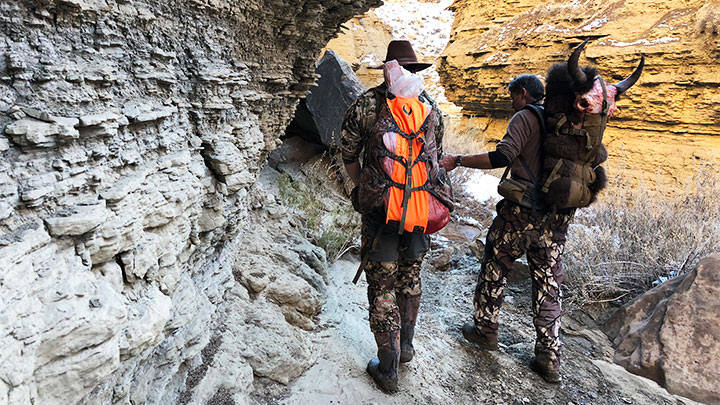
Every true hunter accumulates similar memories. They are, in the end, the finest element that remains from a hunt. I’m sure you know what I mean—every time you look up at a particular set of antlers hanging on your wall those memories come flooding back. You can feel the bite of the autumn wind, smell the leaves, feel the sunshine, and you’re transported back into the moment. That is the true value of the “trophies” we hang on our walls—they trigger memories.
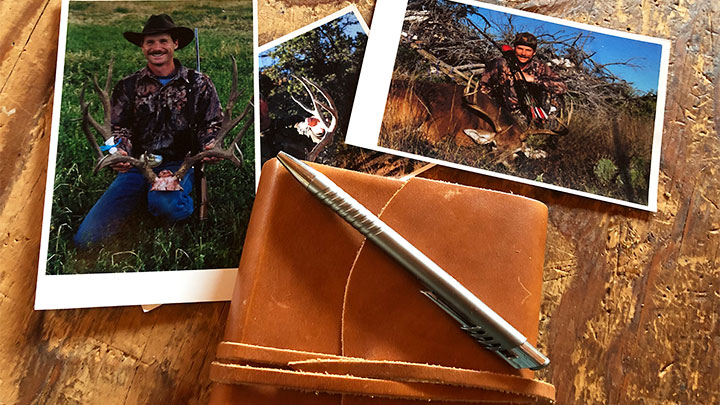
Keep a Journal
Another great way to preserve and trigger memories is to keep a journal. Years ago I read the book Fred Bear’s Field Notes. It’s a compilation of just that; daily notes kept by one of the greatest bowhunters of the 20th century, during his hunting trips. The notes are fascinating; they detail remarkable encounters with game, adventures in remote country, pre-hunt equipment lists and more. After reading Fred’s notes, I resolved to begin keeping a hunting journal of my own. I encourage you to do the same—write a journal detailing your adventures in the field. You can fill them with illustrations, photos and details capable of transporting you back into the moment even after time has faded the memories and tarnished the details in your mind.
Lot’s of you are probably asking, “Why don’t I just keep notes and photos on my phone or computer?” It’s a good question, and indeed there are some great apps out there that facilitate good record keeping. It’s a great idea to utilize them. But I still recommend keeping a handwritten journal. Notes on your phone or computer are just not the same as picking up a well-worn journal that smells of campfire smoke, and flipping back through its pages.
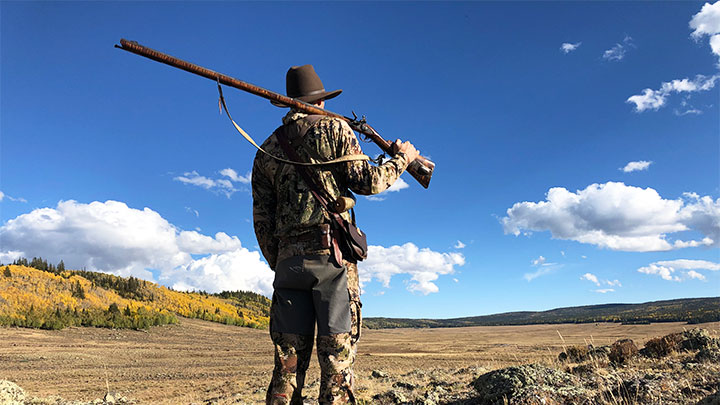
What to Write
From lengthy stories to simple details, your field notes can contain whatever is important to you.
The Stories: Write down the exciting, the humorous and the scary. Tell the stories of animals harvested, including pertinent details on shot distance, ammo used and bullet performance. Tell about the missed shots and blown opportunities. Jot down what you might have done differently for a better outcome. You can be as brief or as detailed as you like, so long as you get the stories recorded.
Record Information: Next year, or in five years, you may not remember what the wind direction, temperature or moon phase was when you shot that big buck. Keep a simple record of things like date, weather conditions, rut activity, animal movement and direction, feed conditions, and anything else that may prove useful during future hunts. Then you can flip back to those pages anytime you’re planning or strategizing your next foray into the woods.
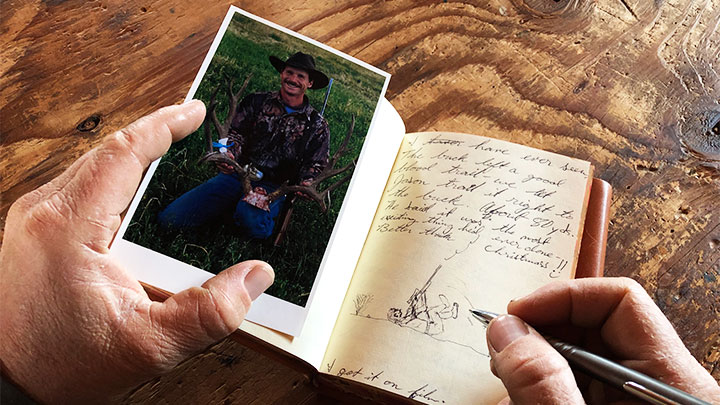
Make Illustrations: I’m a terrible artist. But when I look back through my field notes at the illustrations, I have drawn I wish I’d done more. No matter how childish they look, they provide comic relief, valuable information and inspire great memories. Draw pictures of deer, hunters, stands and the trees that hold them. Sketch maps of wildlife movement and antler configuration. Illustrate anything you want to remember. By next year, it’ll all be valuable.
Add Photos: Some of my favorite field notes are housed in photo album books. Just write your stories and notes on 3x5 or 4x6 cards and alternate them with photos in the album’s photo slots. Or you can simply print photos out and use them as bookmarks or glue them into the pages of your standard journal.
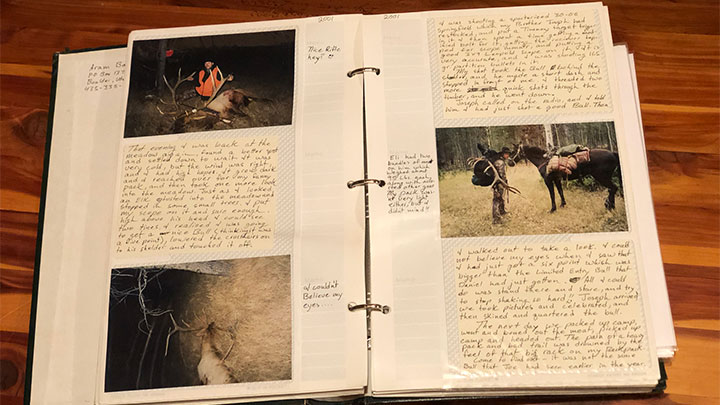
Plan Your Next Adventures
Most really memorable hunts don’t happen on the spur of the moment; they take planning and time to strategize. Now, when the hunting seasons are mostly over, snow blankets the woods, and you are compiling your field notes for the year, is a great time to get started planning future hunting adventures. Let’s talk about three kinds of hunts and how they should play into your planning.
Traditional Hunts: These are the hunts that made you who you are; the familiar oak woods around your family deer camp, and the sound of wild geese winging south as you sit in your whitetail stand. Watching day brake across your favorite duck pond. Stalking squirrels through a patch of local hardwoods. Wherever it is, our season is rarely complete without a serving of our favorite traditional hunts.
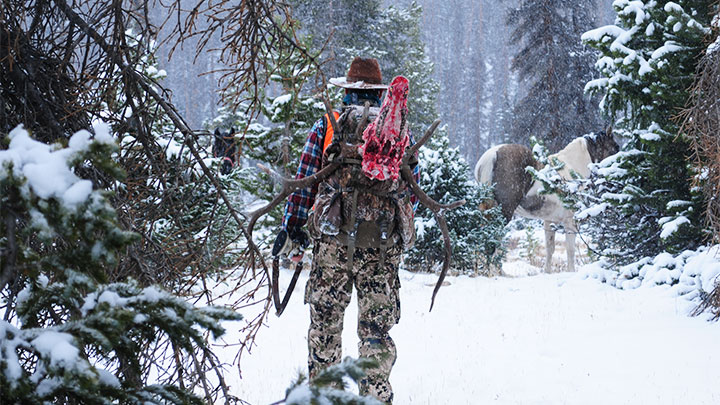
Heartstring Hunts: These hunts are the ones that hold great memories for you. They are the unusual ones you crave to re-experience. Maybe it’s a memory of snow blowing across a high-country elk ridge, the sun setting as you glass canyon slopes in some exotic western state. Perhaps it’s a place you hunted as a kid and haven’t seen in years. Whatever they might be, you should add heartstring adventures to your future hunting plans.
Bucket List Hunts: These are the hunts you’ve never experienced but watch over and over on TV or YouTube. You search out everything you can read about them in magazines and digital articles. You dream about them at night. They might be moose in the Far North, alligator in the Deep South, or plains game on the Kalahari. They are at the top of your bucket list of hunts to experience. These are the hunts that require long term planning and dedication, so it’s a great idea to get started now.
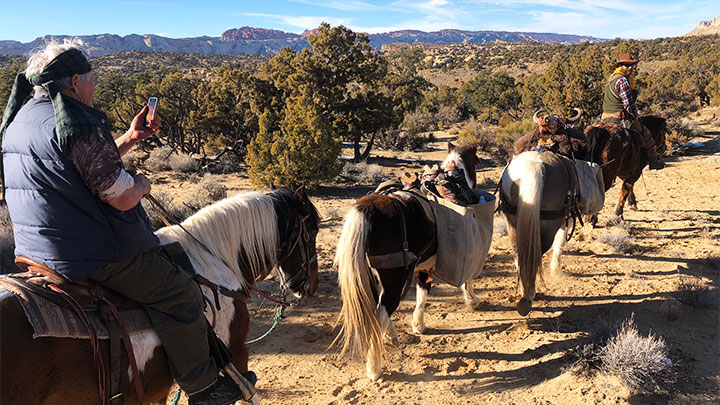
Formulate a Strategy
As you compile your field notes for the year, be mindful of what makes you smile. Is it the family deer camp and the buck you killed there this year? Is it the memory of past hunts in faraway places? Or is it the daydreams of going on a bucket list hunt? As you start planning next year’s adventures, you should weight your strategy accordingly. Personally, I’m not getting any younger, so I try to make a bucket list hunt happen every few years. I try to make at least one heartstring hunt each year—for me that means bugling elk and/or big, remote Rocky Mountain wilderness. And I try hard each year to introduce my kids to the joys of my traditional family hunts, which means glassing and stalking mule deer and hunting elk for the freezer.
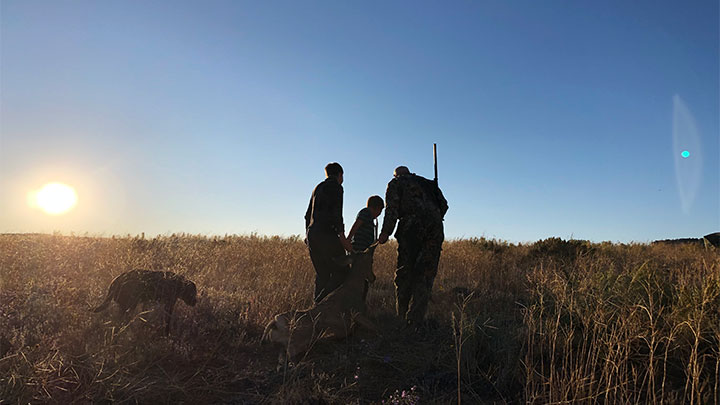
Conclusion
When I was a young hunter, I lived and planned in the moment; next year was far too distant to worry about. Now, even though I’m not yet old, the years roll by ever more rapidly. I like to consider what adventures should come next by looking in the rearview mirror. What have I done that I really want to do again? Which of my bucket list hunts require functional knees and a modicum of youth? Better get those done soon! Keeping a journal and reading through my old field notes always puts a smile on my face and helps me plan exciting new upcoming adventures.
Want to read more from Aram von Benedikt? Check out the following articles:
• Backcountry Survival: 3 Tools You Should Always Carry
• .30-06 Springfield: Is it Still the Best All-Around Big-Game Hunting Cartridge?
• 10 Great Christmas Gifts for Hunters
• How to Field Judge a Mule Deer in 30 Seconds
• How to Call Elk: Strategy, Sequence and Setup
• How to Set Up a Ground Blind for Bowhunting
• Backcountry Mule Deer Hunting: Tools and Tactics
• Tips and Tactics for Hunting the West
• How to Prep for Elk Hunting: Physical Fitness, Mental Toughness, Shooting Skills and Shot Placement
• Hunting African Plains Game: How and Where to Place Your Shot
• Dream Hunt: How to Make an African Safari Come True
• Top 5 Backcountry Hunting Rifles
• Hunting Cartridges: Rising Starts of the New Millennium
• Tips and Tactics for DIY Hunting and Fishing in Hawaii
• Peccary Quest: Where and How to Hunt Javelina
• Tips and Tactics for Hunting Western Cottontails
• How to Convince Your Wife to Let You Buy as Many Guns as You Want
• Backcountry Survival Tips: How to Deal with Disaster
• DIY Backcountry Hunting Tactics and Gear
• How to Be an Ethical Long-Range Hunter
• Tips and Tactics for Hunting Coues Deer
• Essential Stalking and Still-Hunting Skills
• A Beginner's Guide to Traditional Bowhunting
• 6.5 Creedmoor Proven: How Does It Actually Perform on Big Game?
• How Hunting Rifles & Gear Have Evolved Over the Last 50 Years
• How to Sharpen a Knife
• How to Set Up Your Rifle and Scope for Long-Range Dialing
• 7 Common Predator Hunting Mistakes to Avoid
• 6 Tips for Hunting Public-Land Mule Deer
• 10 Tips for Bowhunting Elk
• Tips and Tactics for Bowhunting Mule Deer
• How Do You Build the Ultimate Western Big-Game Rifle?
• 10 Ways to Prep for Your Next Western Big-Game Hunt
• Tips and Tactics for Hunting Canyon-Country Gobblers
• 12 Tips for Shed Hunting the West






